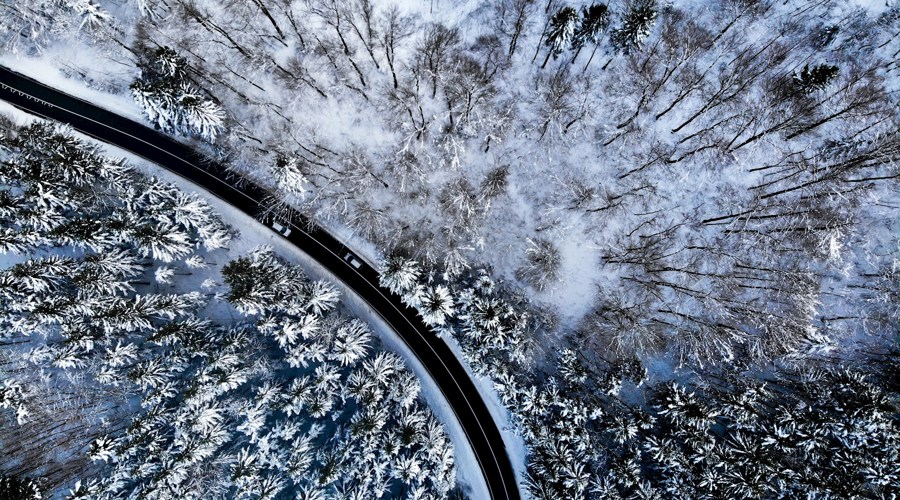With the passage of time, EV owners are learning how to treat their vehicle in winters and are adjusting their expectations about range when setting out in the cold.
To alleviate these concerns automakers include features to make EVs more efficient in the cold weather, including heated seats, steering wheels, and windshields. Several automakers offer more efficient heat pumping systems that can significantly improve cabin heating efficiency. In fact, heat pump systems are a new efficiency hack which is now becoming an industry norm with Tesla in the U.S., as well as many Japanese and European EV manufacturers, using it in their cars. Winter performance is one of the unique selling points for these vehicles, and automakers are working on creating EV models that can handle cold weather better than ever before.
EV automakers are also educating customers on winter driving tips, cold weather best practices and considerations to keep in mind before driving an EV in cold weather.
In the longer term, technological advancement such as solid-state batteries that do not have liquid inside and won’t be so sensitive to cold are being looked at.
While all electric vehicles experience range loss in cold weather, with extra planning and adjustments this is temporary and as the snow melts and the temperatures rise, the vehicle’s expected range at full charge should return to normal.
Norway - leader in operating EVs in cold climates
One would normally imagine that people living in colder countries would be the last ones to adopt EVs, but Norway shows this is not the case – on the contrary it is a leader in operating EVs in cold climates. High nickel-based chemistries, that inherently provide longer range, account for more than 80% of battery capacity deployed on Norwegian roads.
With the highest market share for new electric car sales in 2021 at 86%, Norway provides a shining example that taking the technological leap is possible anywhere in the world, despite the weather.




